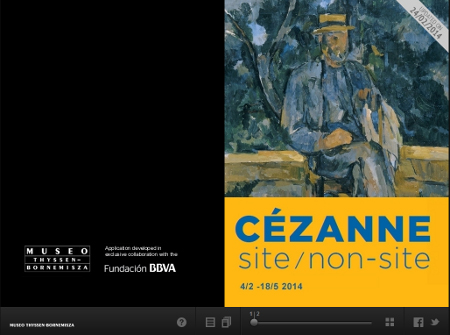CÉZANNE site/non-site

In 1969, the artist Robert Smithson proposed a new interpretation of the work of Paul Cézanne (1839–1906). In Smithson’s view, Cézanne’s
painting had been distorted by the Cubists, reduced to an almost abstract play of forms. In contrast to this formalist simplification,
Smithson underlined the need to recover the physical reference in Cézanne’s work, his strong link to certain places in Provence.
The subtitle of the exhibition, Site/Non-site, evokes a pair of concepts that were coined by Smithson in connection with his own oeuvre and explore the dialectic between outdoor and studio practice. This dialectic is reflected in turn in the relationship between landscape and still life. Landscape is the dominant genre in Cézanne’s work, identified (as is that of his Impressionist colleagues) with the practice of plein-air painting. But unlike the Impressionists, he also attaches decisive importance to a genre characteristic of the studio: still life. Cézanne cultivated both genres of painting throughout his career and established a close link between them, incorporating landscape elements into his still lifes and, conversely, bringing the order of still life to his landscapes.






